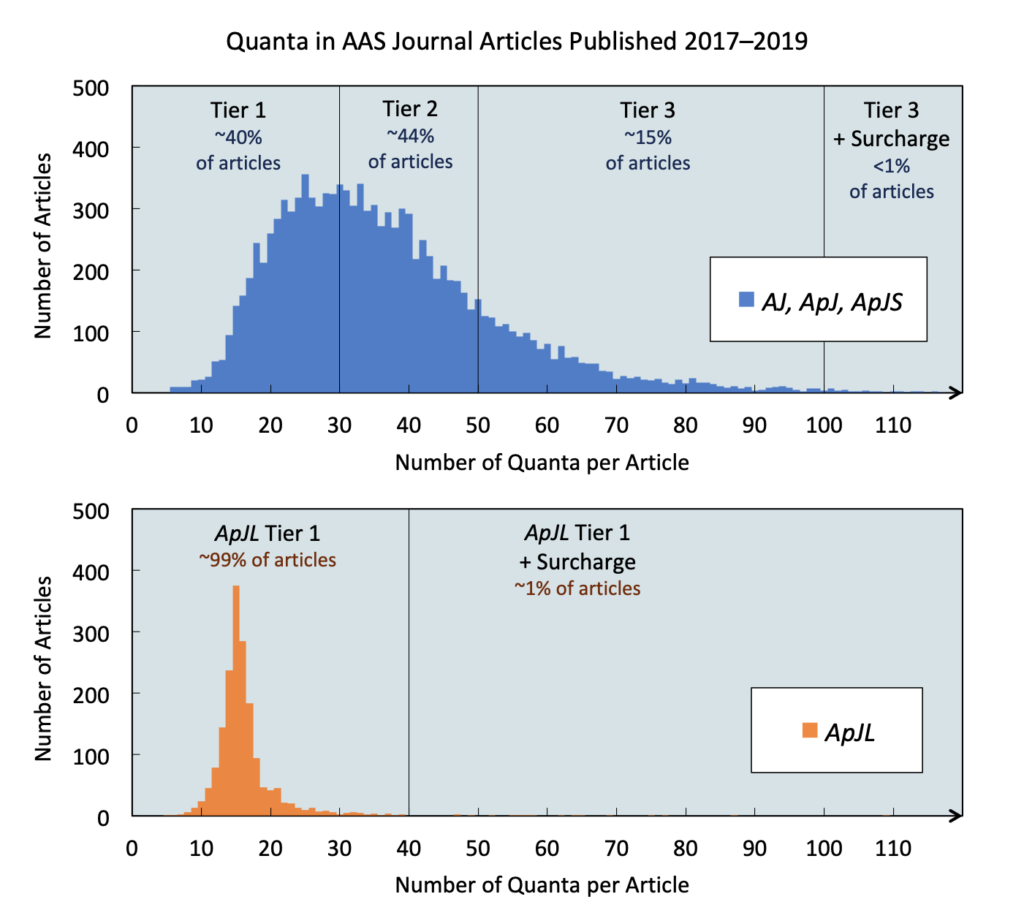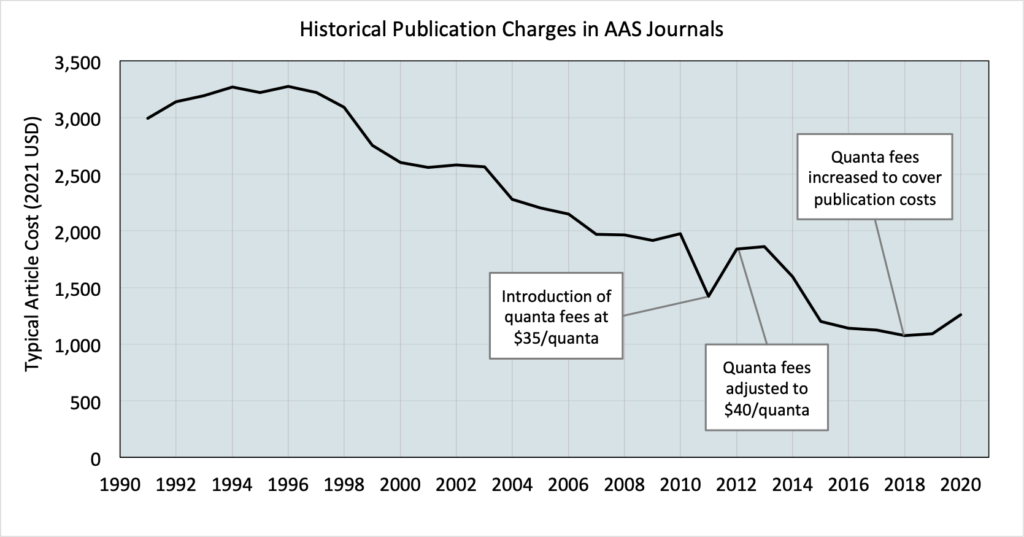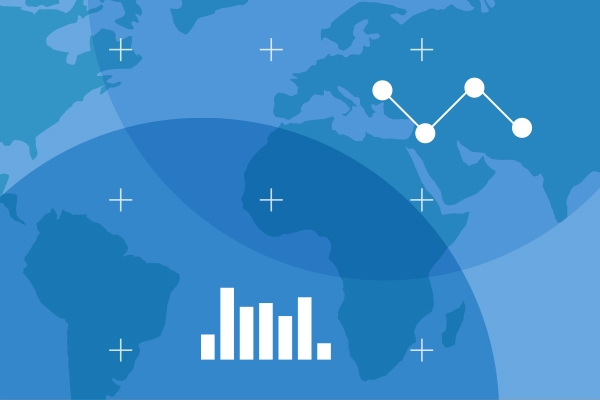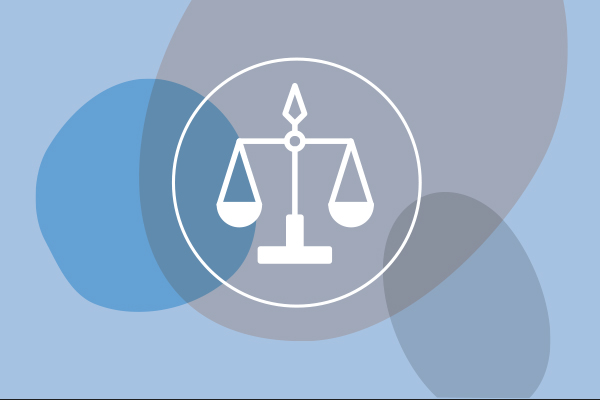The American Astronomical Society (AAS) is an international non-governmental organization with a mission to enhance and share humanity’s scientific understanding of the universe as a diverse and inclusive astronomical community.
To further support the Society’s mission and provide immediate access to important research, the AAS transitioned its entire journals portfolio to fully open access (OA) on 1 January 2022. As of that date all content — past, present, and future — will be immediately and openly accessible: anyone can read and download anything in the portfolio and there will be no subscription fees or paywalls.
The AAS announced this transition publicly on 1 September 2021. The transition takes effect 1 January 2022.






